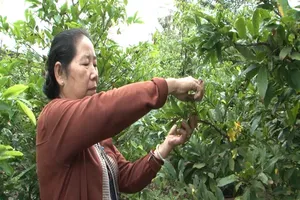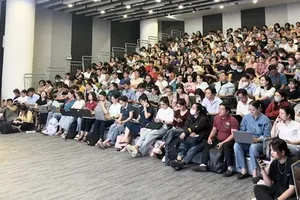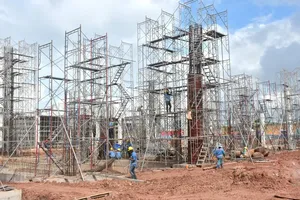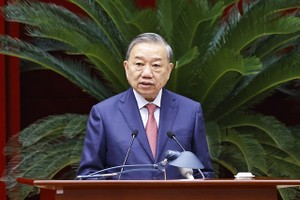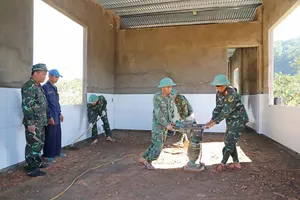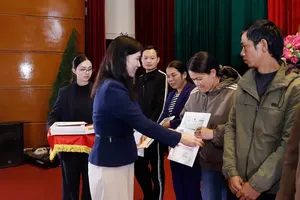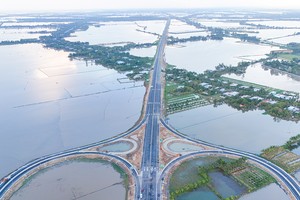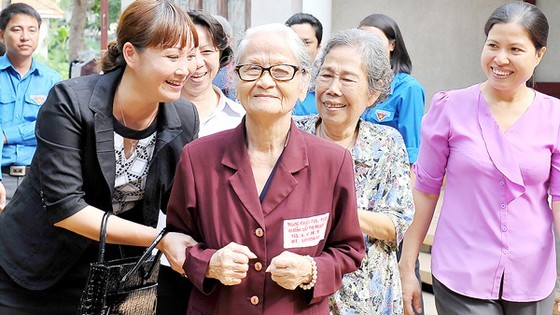 |
More medical centers for elderly people are needed |
Yesterday, the General Department of Population and Family Planning under the Ministry of Health in collaboration with the East Asian and ASEAN Economic Research Institute, and the Japan Advanced Medical Association held a workshop to share experiences in adapting to the aging population and care for the senior citizens between Japan and Vietnam.
According to Deputy general director of the ministry's Population and Family Planning Department Pham Vu Hoang, Vietnam began population aging in 2011 when 7 percent of the total population were aged 65 and over. Moreover, it is forecast that the number of elderly people in Vietnam will increase to 16.8 million people in 2039 and reach 25.2 million people in 2069. By 2036, the Southeast Asian country will be an aged society when the proportion of the elderly population aged 65 and over accounts for 14.2 percent of the total population.
According to the General Department of Population and Family Planning, the average life expectancy of Vietnamese people is currently 73.6 years old. Vietnamese women have a longer life expectancy than men.
On average, elderly people in Vietnam suffer from 3-4 diseases, usually non-communicable diseases. Meanwhile, just a few medical services can provide treatment and long-term care for the elderly.
Particularly in Hanoi, at least 10 hospitals, geriatric departments, and specialized geriatric care centers are needed to serve senior citizens. While Japan is a country with a super-aged population, the group of people aged 65 and over in 2022 will be 36.2 million people, accounting for 29 percent of the total population. However, Japan has a lot of experience in responding to an aging society as the Land of the Rising Sun has been restructuring the health system, constructing elderly care facilities, and developing social security.




